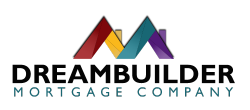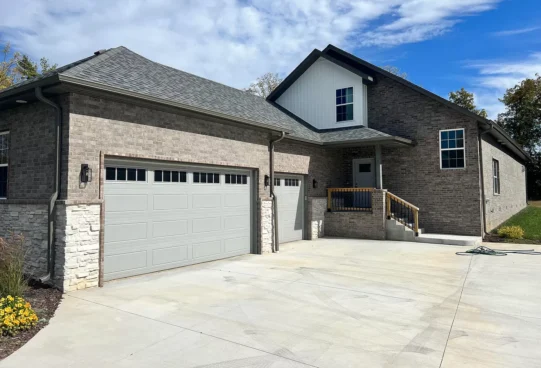Feb 22
Debunking Mortgage Myths: What Every Homebuyer Should Know

Myth #1: Find a home first, then worry about financing.
This myth can lead to heartache and disappointment for many first-time buyers. It’s crucial to consult with a lender before falling in love with a home. Pre-approval not only gives you a clear understanding of your budget but also highlights any credit obstacles you need to address for better loan terms.
Myth #2: You’ll need perfect credit.
While good credit certainly helps, it’s not the sole determinant of mortgage eligibility. Lenders assess various factors, including income stability and payment history. There are loan options available for individuals with credit scores ranging from fair to excellent, making homeownership achievable for many.
Myth #3: You’ll need to put 20% down.
Contrary to popular belief, a hefty 20% down payment isn’t mandatory. Numerous programs offer lower down payment options, some requiring as little as 3% down. Additionally, certain government-backed loans like FHA, USDA, and VA loans provide opportunities for qualified buyers to secure financing with minimal to no down payment.
Myth #4: You can’t use gifts/grants for your down payment.
Gifts and grants can indeed be used towards your down payment, provided they are properly documented. Many buyers receive financial assistance from family, friends, or even employer-sponsored programs. Exploring down payment assistance resources can further aid in making homeownership more accessible.
Myth #5: It’s always best to get a 30-year fixed-rate mortgage.
While the 30-year fixed-rate mortgage is popular, it may not be the optimal choice for everyone. Various mortgage options cater to different needs and circumstances. Factors like anticipated length of ownership and current financial readiness influence the suitability of loan terms. Consulting with multiple lenders can help identify the most suitable mortgage for your situation.
Buying a home is a significant milestone in life, but it can also be a daunting process filled with uncertainties and misconceptions, particularly when it comes to mortgages. Let’s tackle some common myths surrounding mortgages and shed light on the truth behind them.
Dispelling these mortgage myths empowers homebuyers to make informed decisions and navigate the complexities of the real estate market confidently. By understanding the truth behind these misconceptions and leveraging available resources, aspiring homeowners can embark on their journey towards homeownership with clarity and assurance.




